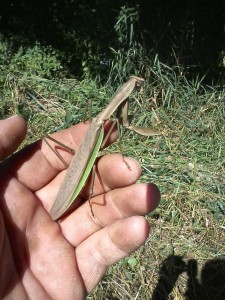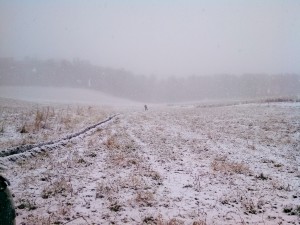
Boot weather.
On Monday, November 11 it started snowing early in the morning. I was reminded of the Armistice day blizzard of 1940. Luckily, it stopped snowing around noon. I forgot what I hated most about winter until it started snowing. It's not the snow I hate, it's boot weather. Specifically, it's my left boot. It's a sock sucker. Slowly my sock starts sliding down my leg until it's wadded into the toe of my boot. I can't walk more than 100 yards before my foot is completely naked. Rubberbands haven't helped, tucking my pant leg inside my socks hasn't helped. Not even wearing socks that reach up to my chin has helped. I'd switch to one of my 17 other pairs of winter boots, but each one has another unique fault. One pair makes obscene noises when I walk, another rubs my ankle raw, and then there's the boot with a mysterious hole somewhere that water keeps seeping in. I don't dare buy another pair because Keith's convinced it's not the boots, it's me.
The farm is set for winter. Hay is stockpiled in the pasture, ready to feed. The pigs are out of the pasture until the ground is frozen. This prevents them from damaging the cover crops which will be the first areas they graze this spring. Six new pasture water stations for the cattle are almost complete. This was the last big project of the year. On Monday, during the snowfall, we finished trenching the lines.
I am working on my annual list of what I'm thankful for in time for Thanksgiving. At the top of my list is wonderful, supportive customers like you, thank you!

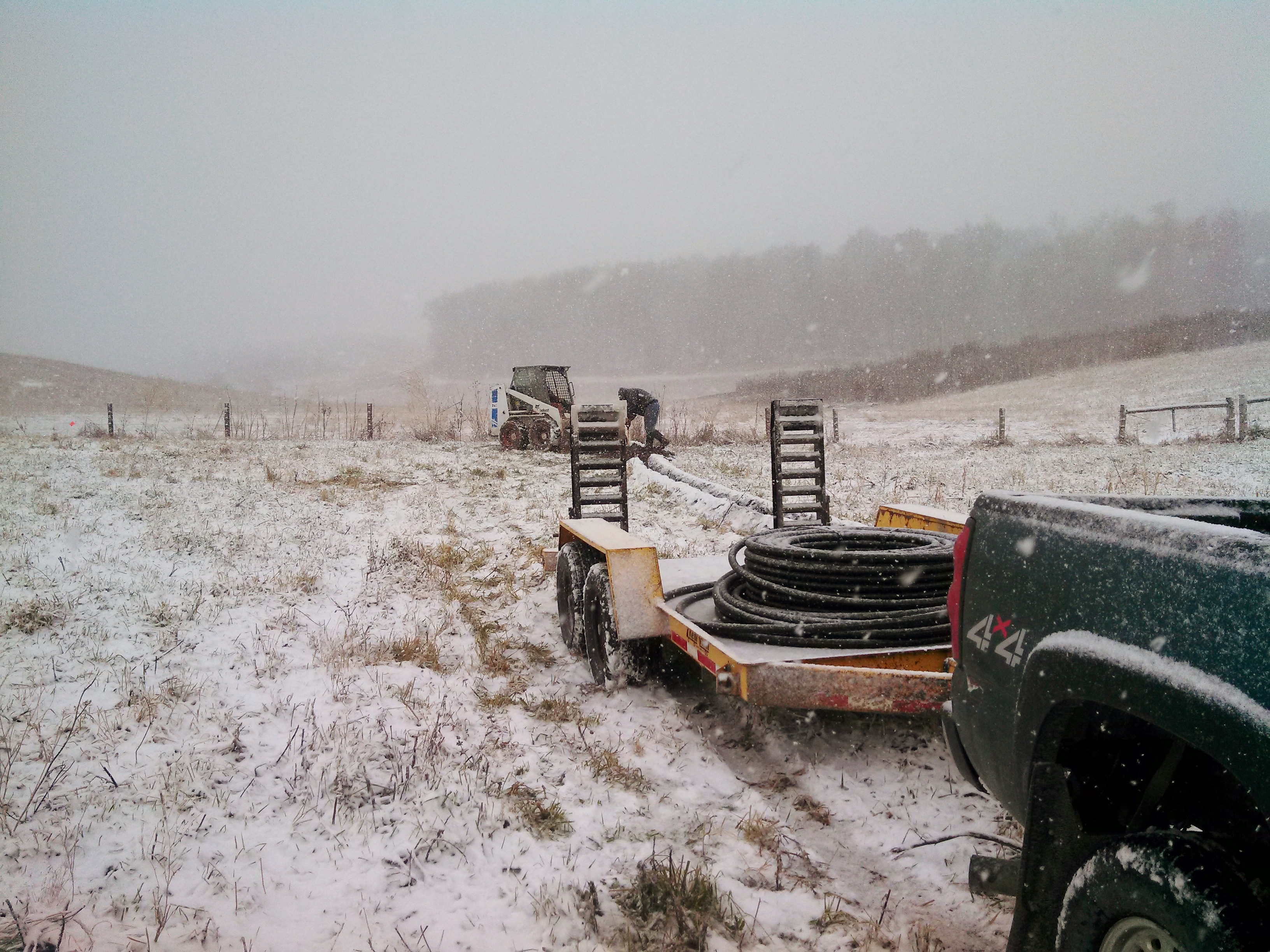
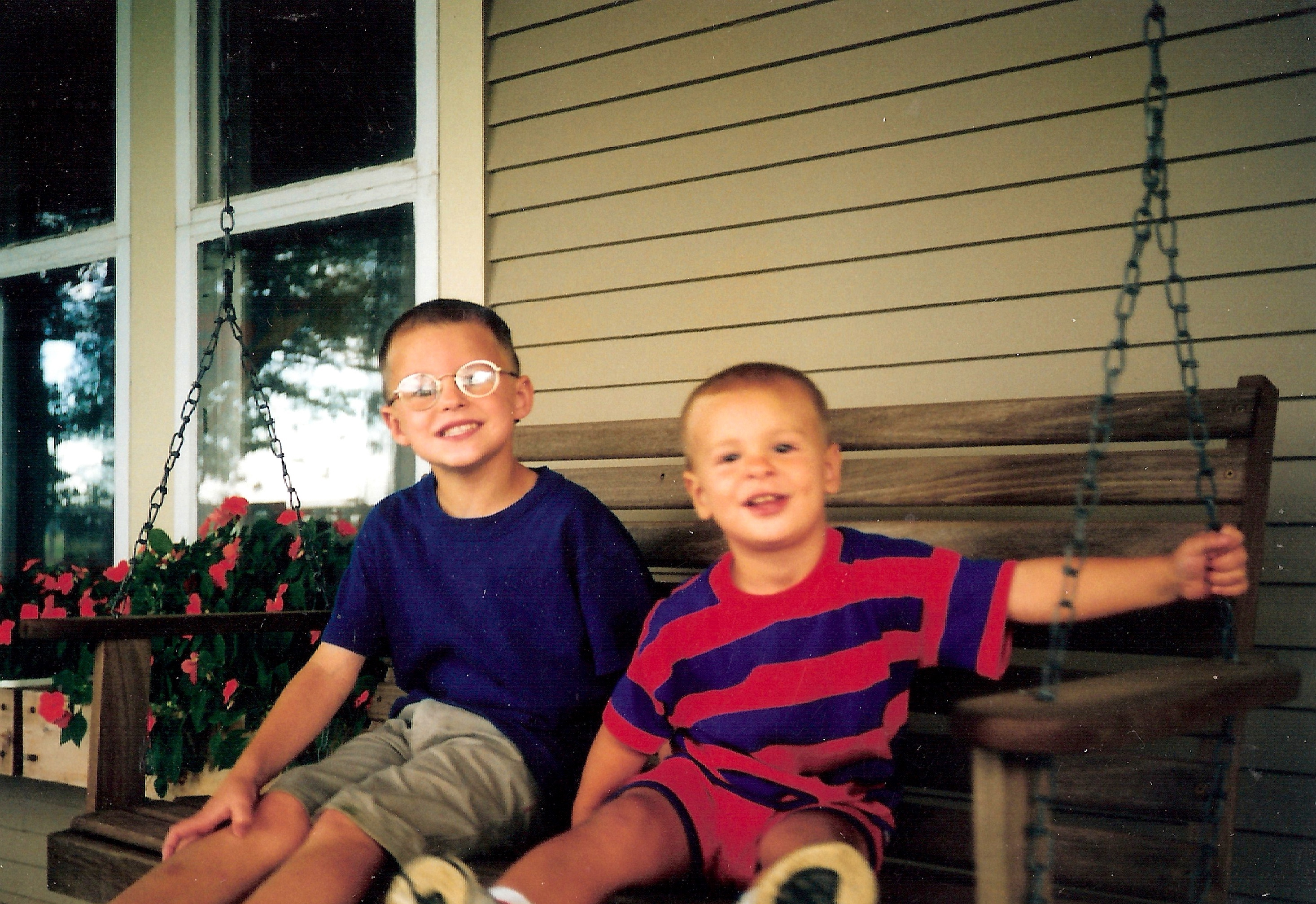

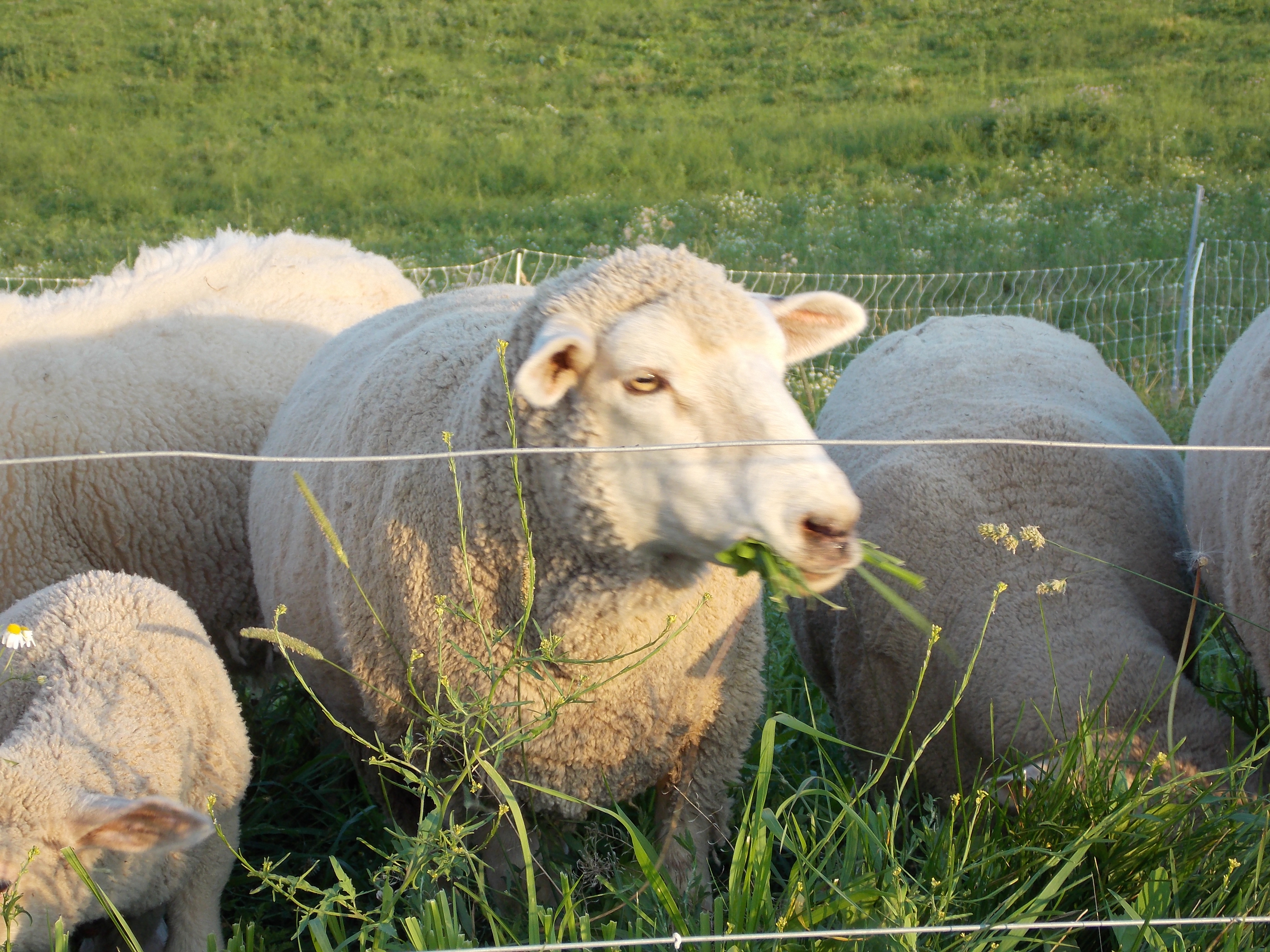






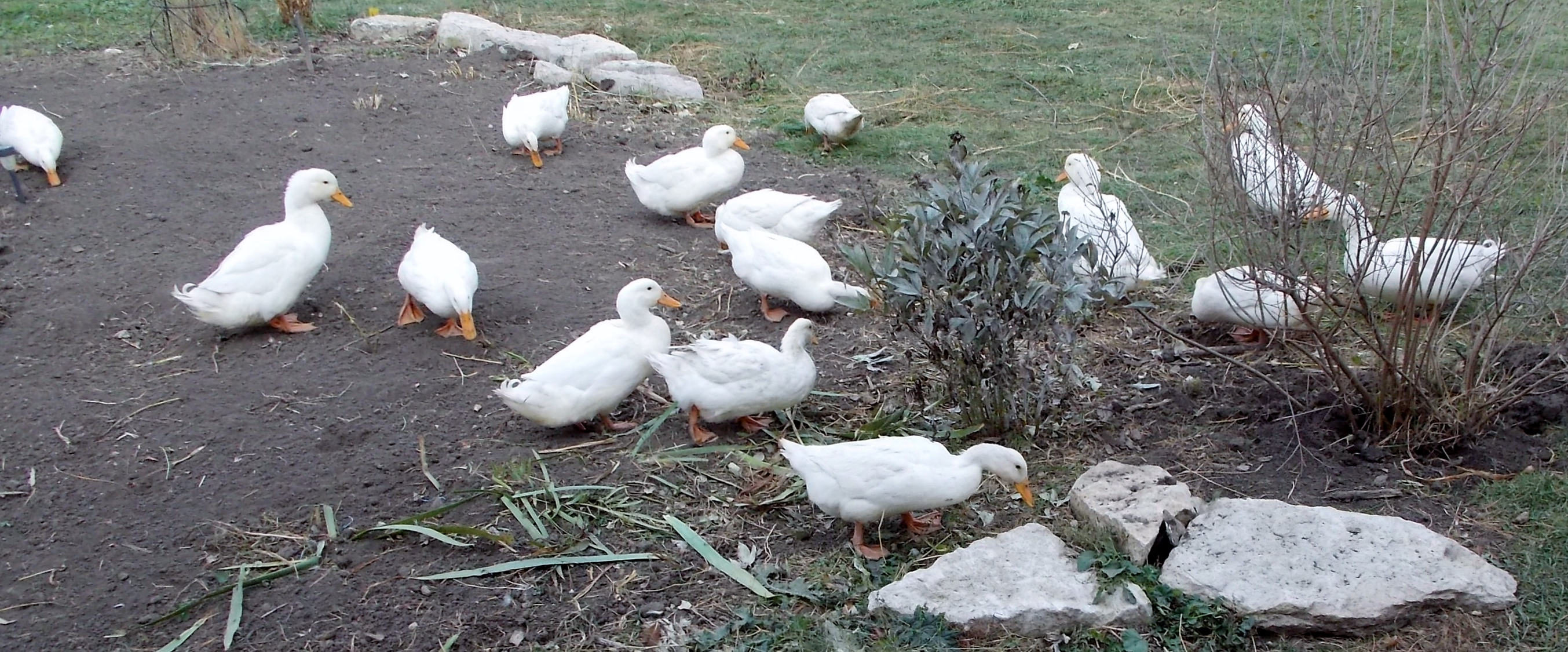
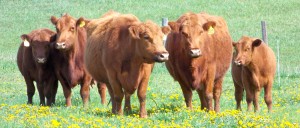 There are a couple of aging cows on the farm, numbers 049 and 005 are the oldest. Both are in excellent health, there's nothing to worry about, but I worry anyway. The issue is; Can they withstand a harsh winter?
There are a couple of aging cows on the farm, numbers 049 and 005 are the oldest. Both are in excellent health, there's nothing to worry about, but I worry anyway. The issue is; Can they withstand a harsh winter?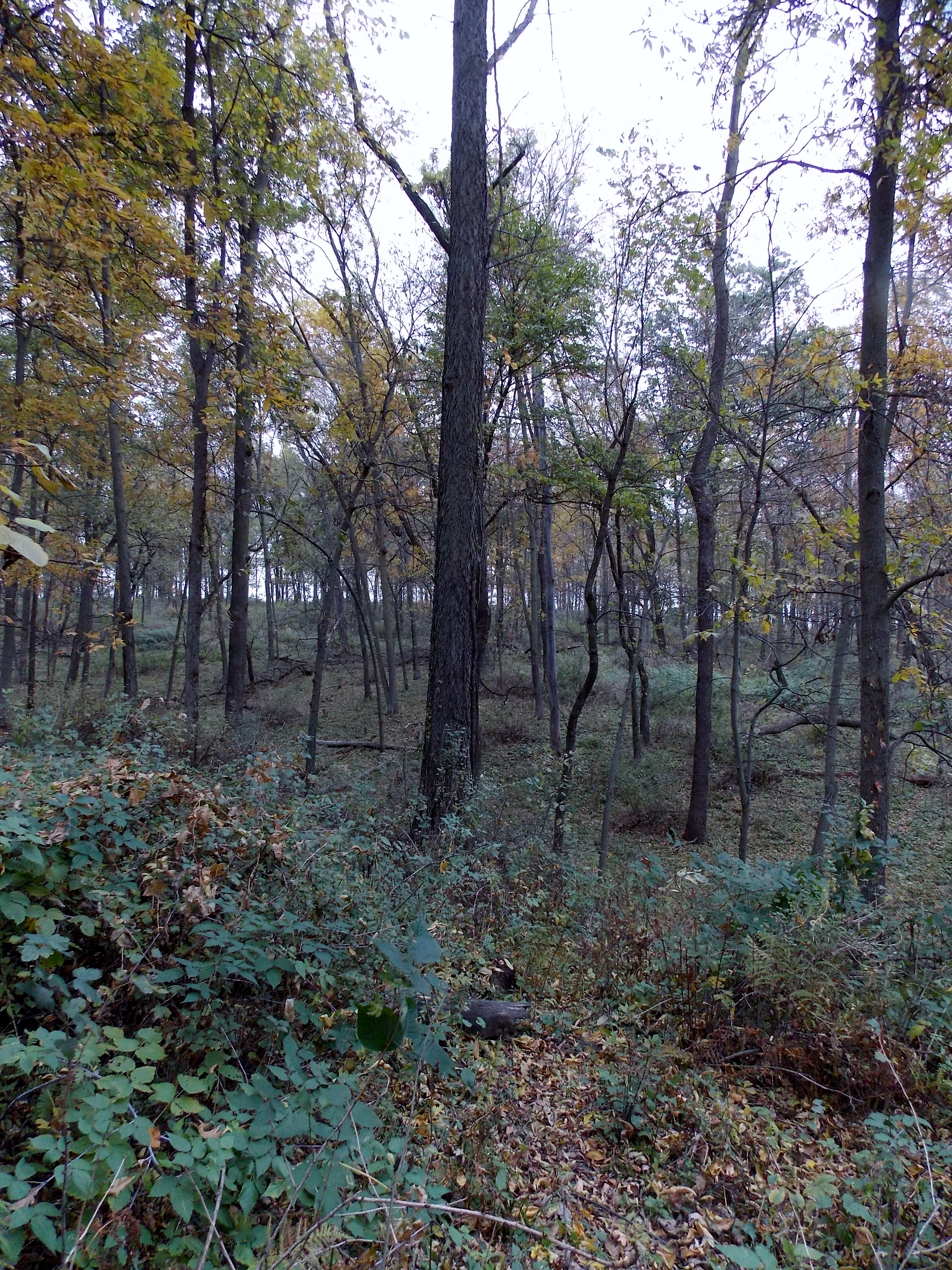
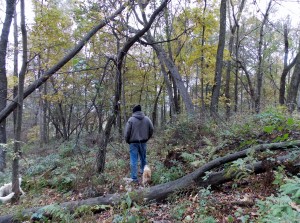 On our regular walk through the timber Keith and I noticed signs of the changing season. The color change of the leaves is obvious, but there are subtle signs, too. The wooly bear caterpillar's color range of reddish-brown to black is an indicator of the severity of the coming winter, if you believe the folklore. According to The Farmer's Almanac the legend is; the wider that middle brown section is (i.e., the more brown segments there are), the milder the coming winter will be. Conversely, a narrow brown band is said to predict a harsh winter.
On our regular walk through the timber Keith and I noticed signs of the changing season. The color change of the leaves is obvious, but there are subtle signs, too. The wooly bear caterpillar's color range of reddish-brown to black is an indicator of the severity of the coming winter, if you believe the folklore. According to The Farmer's Almanac the legend is; the wider that middle brown section is (i.e., the more brown segments there are), the milder the coming winter will be. Conversely, a narrow brown band is said to predict a harsh winter. Maisy and Spike are staking out hollow trees looking for raccoon and opossum. Spike cornered a momma coon, at our urging he backed down, she wouldn't have.
Maisy and Spike are staking out hollow trees looking for raccoon and opossum. Spike cornered a momma coon, at our urging he backed down, she wouldn't have.
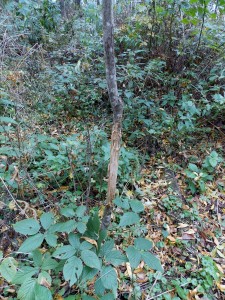 The canopy overhead is sparse now. The natural windbreak of the ravines shows signs where deer have bedded down for the night. Young trees have fresh rubs where bucks are marking their territory. We've seen large bucks in the timber and larger gatherings of
The canopy overhead is sparse now. The natural windbreak of the ravines shows signs where deer have bedded down for the night. Young trees have fresh rubs where bucks are marking their territory. We've seen large bucks in the timber and larger gatherings of 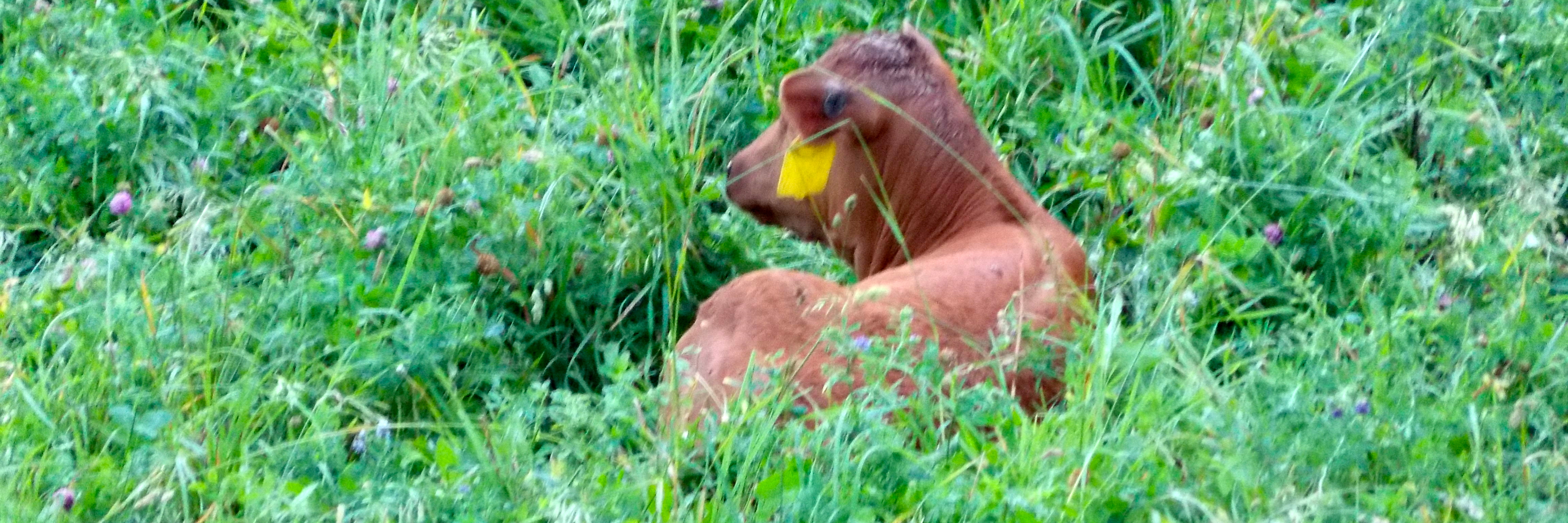
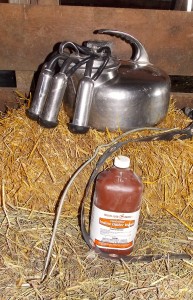 I'd like to start using a different milker with our dairy cows. Currently we're using a Surge bucket style milker. Clarisse has a very low udder so the bucket doesn't work well for her. With only four cows to milk, two at any given time, I've been researching claw style milkers. For every new thing I start there's a host of research involved. Reading manuals has become a hobby. Sometimes I think about taking shortcuts, just jumping in and getting started, but then I think of Mary.
I'd like to start using a different milker with our dairy cows. Currently we're using a Surge bucket style milker. Clarisse has a very low udder so the bucket doesn't work well for her. With only four cows to milk, two at any given time, I've been researching claw style milkers. For every new thing I start there's a host of research involved. Reading manuals has become a hobby. Sometimes I think about taking shortcuts, just jumping in and getting started, but then I think of Mary.
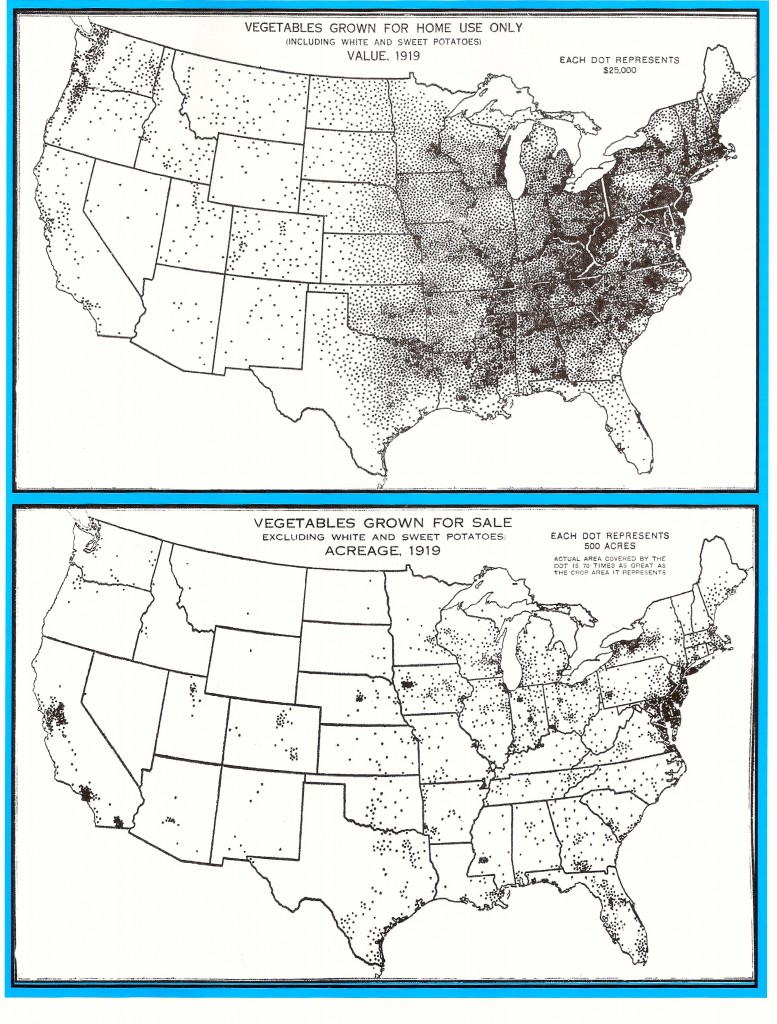 You can't get more local than your own backyard. This is the time of year to start planning for next year's garden. Cover crops of green manure ( buckwheat, annual rye grass, clover, etc.) should be planted now. They'll add nutrients, aerate the soil, fix nitrogen, and feed the microbial life of the soil. Adding chopped leaves, from deep rooted trees, will
You can't get more local than your own backyard. This is the time of year to start planning for next year's garden. Cover crops of green manure ( buckwheat, annual rye grass, clover, etc.) should be planted now. They'll add nutrients, aerate the soil, fix nitrogen, and feed the microbial life of the soil. Adding chopped leaves, from deep rooted trees, will 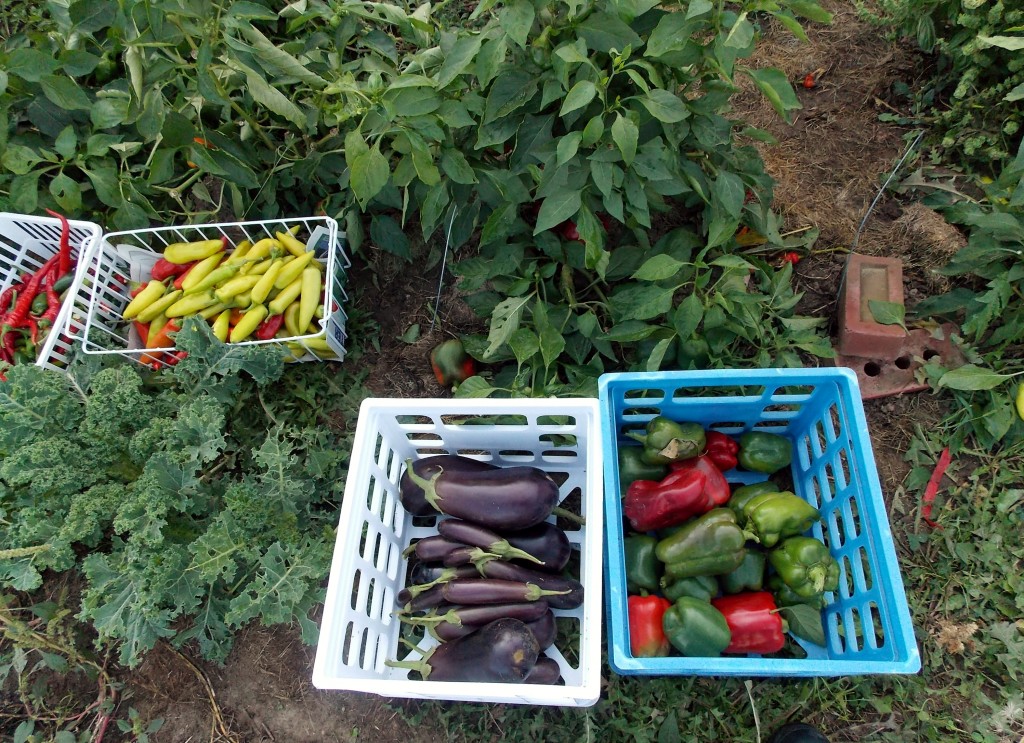
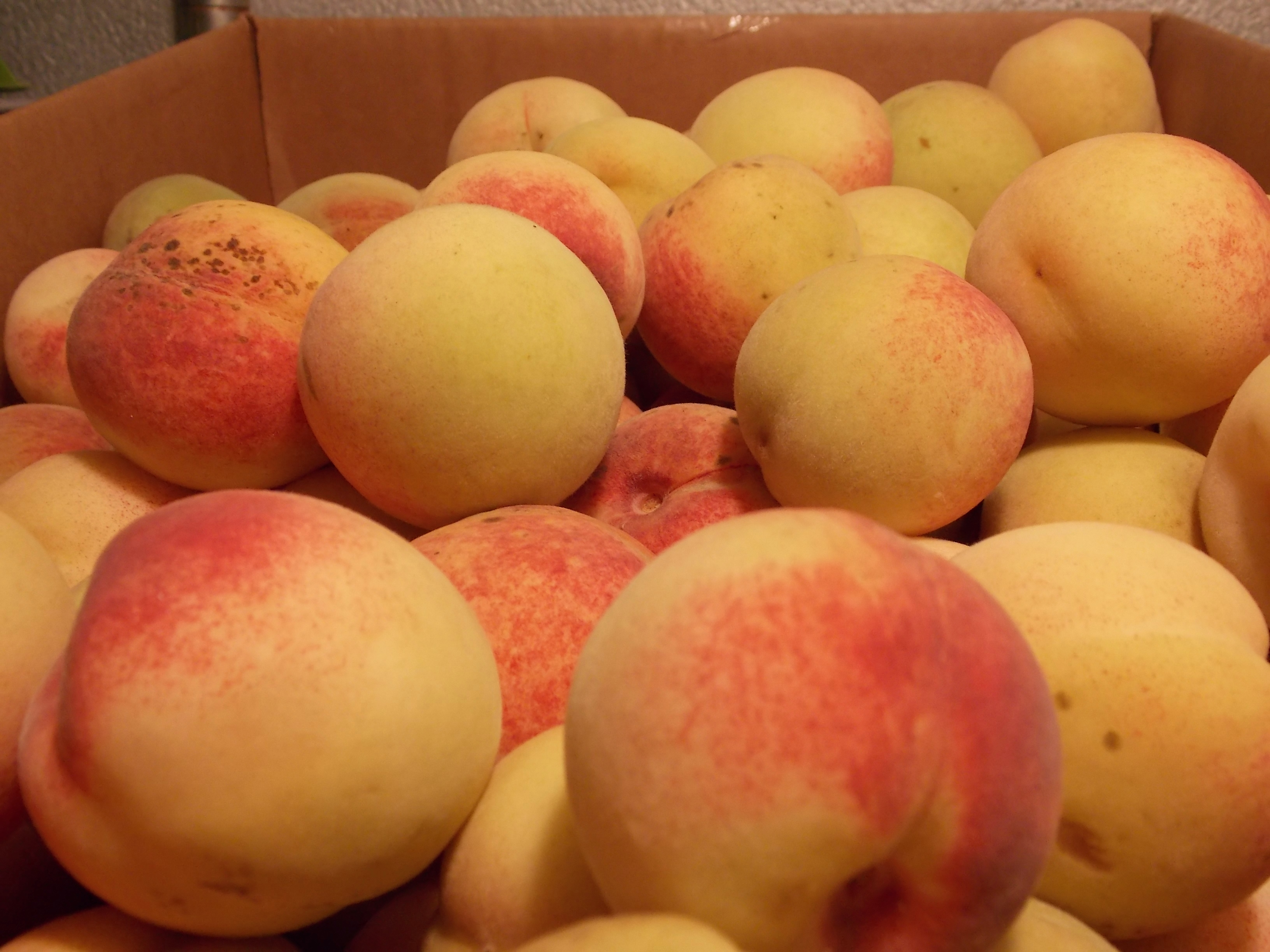



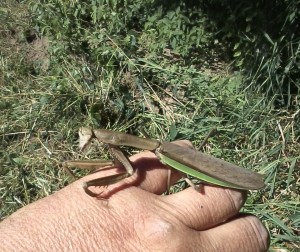 Keith came into the house wearing his work boots, as a general rule we don't wear work boots in the house. I thought he must have something very important needing immediate attention. He was carrying his phone and asked if I could guess what he found in the tall grass. Since I've lost a fence post pounder, and a collection of other tools, over the years, I figured he'd found one of them with the hay mower. Luckily, that wasn't it.
Keith came into the house wearing his work boots, as a general rule we don't wear work boots in the house. I thought he must have something very important needing immediate attention. He was carrying his phone and asked if I could guess what he found in the tall grass. Since I've lost a fence post pounder, and a collection of other tools, over the years, I figured he'd found one of them with the hay mower. Luckily, that wasn't it.